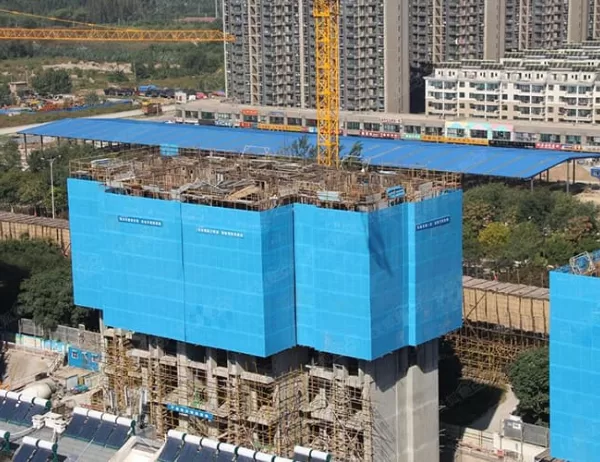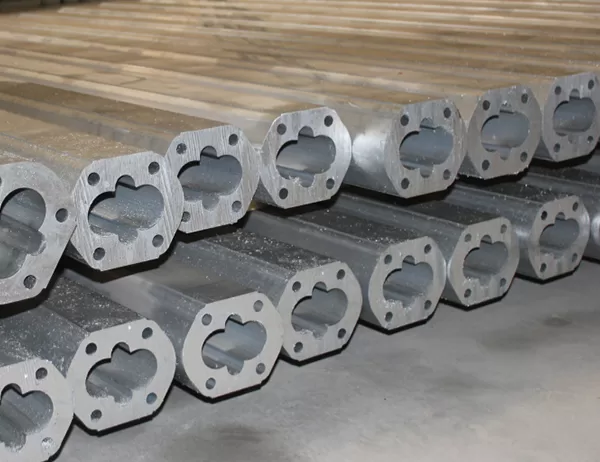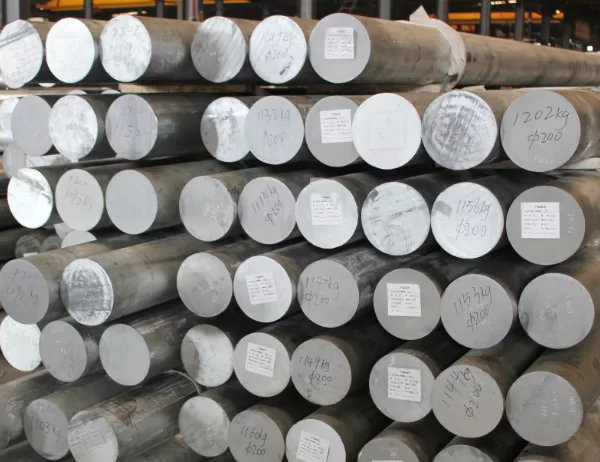In the realm of metalworking, where precision and safety intertwine, working with extruded aluminum pipes presents a unique set of challenges. These sleek, lightweight conduits possess remarkable strength and versatility, but their inherent properties demand meticulous handling. Embark on a journey of precaution as we delve into the critical safety considerations that safeguard you when working with these metallic masterpieces.
1. Sharp Edges: A Hidden Danger
Extrusion leaves aluminum pipes with razor-sharp edges that can pierce skin upon contact. Donning appropriate protective gloves, including cut-resistant ones, is paramount. Handle pipes with precision, always grasping them firmly to avoid slipping and potential cuts.
2. Burrs: The Unwelcomed Guest
The extrusion process often leaves behind burrs, small, protruding fragments of metal. These deceptively tiny obstacles can easily snag and cut fingers or damage other surfaces. Use a deburring tool or file to smooth out these rough edges before handling or installing pipes.
3. Handling Heavy Loads: A Team Effort
Extruded aluminum pipes, while lightweight compared to other metals, can still pose a significant weight challenge. When handling large or heavy pipes, enlist the assistance of a partner or utilize proper lifting equipment. Avoid excessive strain to prevent back injuries or muscle damage.
4. Proper Support: Avoiding Collapse
Installing extruded aluminum pipes requires proper support to prevent collapse or bending under pressure. Use appropriate anchors, brackets, or mounting systems to ensure stability and prevent accidents. Neglecting adequate support can lead to costly consequences and potential hazards.
5. Electrical Precautions: A Hazard to Avoid
Aluminum is an excellent electrical conductor. When working with extruded aluminum pipes, be mindful of electrical sources and take precautions to avoid accidental contact. Ground all equipment properly and wear insulated gloves and shoes to prevent electrical shock.
6. Eye Protection: A Window to Safety
Flying debris or sparks during cutting or welding can be a hazard to your eyes. Always wear ANSI-approved safety glasses or goggles. Shield your eyes to avoid eye injuries and ensure clear vision while working.
7. Proper Ventilation: A Breath of Fresh Air
When welding or cutting aluminum pipes, harmful fumes and gases are released. Ensure adequate ventilation by using a proper ventilation system or working in an open area. Avoid inhaling these fumes, as they can irritate your lungs and cause respiratory problems.
Conclusion
Working with extruded aluminum pipes requires a keen awareness of the potential hazards and the implementation of stringent safety measures. By following these critical considerations, you can safeguard your well-being and create a safe work environment. Remember, safety should always be your top priority, empowering you to harness the remarkable properties of extruded aluminum pipes without compromising your health.




